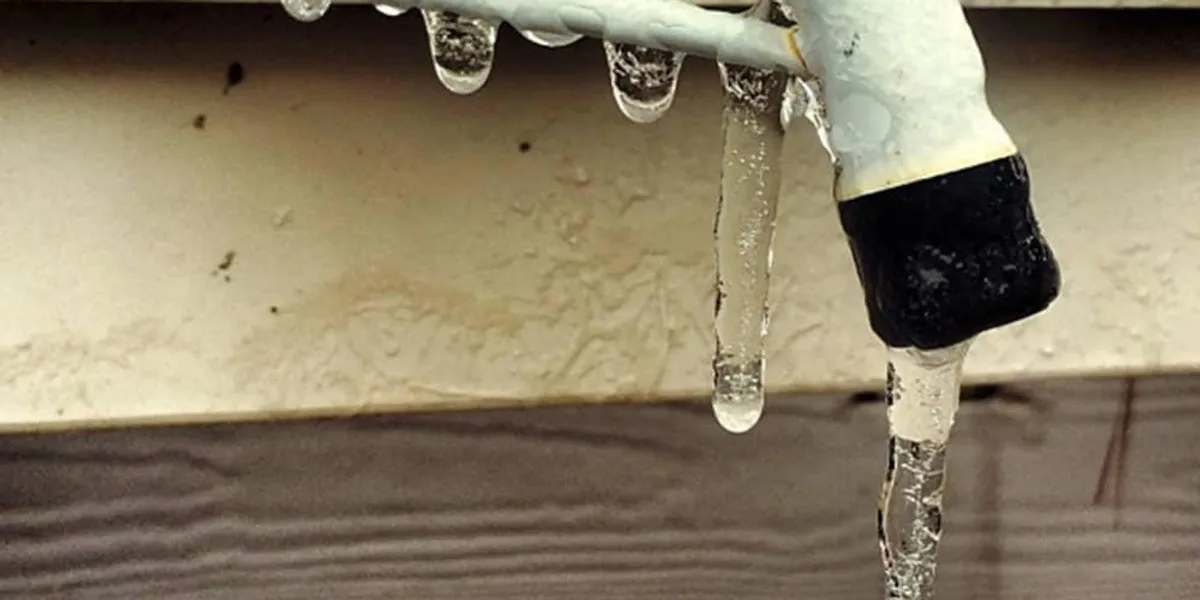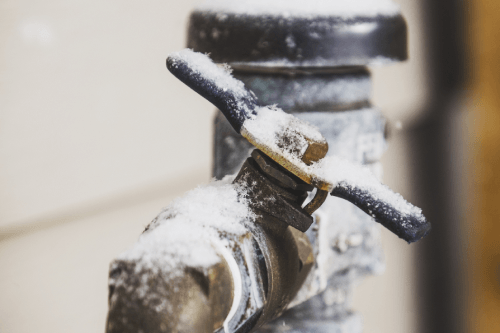Preventing Frozen Pipes in Winter: Expert Strategies
Preventing Frozen Pipes in Winter: Expert Strategies
Blog Article
This article down the page relating to Helpful Tips to Prevent Frozen Pipes this Winter is without a doubt motivating. Read on and draw your own personal conclusions.

Winter can ruin your plumbing, particularly by freezing pipelines. Below's just how to stop it from happening and what to do if it does.
Intro
As temperature levels decrease, the threat of frozen pipelines boosts, possibly bring about expensive repair services and water damage. Understanding how to avoid frozen pipelines is essential for house owners in cool climates.
Prevention Tips
Insulating at risk pipes
Cover pipes in insulation sleeves or utilize warmth tape to safeguard them from freezing temperature levels. Focus on pipelines in unheated or external areas of the home.
Home heating methods
Maintain interior areas effectively warmed, specifically areas with plumbing. Open cupboard doors to enable cozy air to flow around pipelines under sinks.
Just how to recognize icy pipelines
Seek lowered water circulation from faucets, unusual smells or sounds from pipelines, and visible frost on exposed pipelines.
Long-Term Solutions
Structural adjustments
Think about rerouting pipes away from outside wall surfaces or unheated locations. Add extra insulation to attic rooms, cellars, and crawl spaces.
Upgrading insulation
Invest in top notch insulation for pipelines, attics, and wall surfaces. Proper insulation aids keep regular temperature levels and minimizes the threat of frozen pipelines.
Securing Outdoor Plumbing
Garden pipes and outdoor taps
Separate and drain yard hoses before winter. Install frost-proof spigots or cover exterior taps with insulated caps.
Comprehending Icy Pipes
What causes pipes to ice up?
Pipelines ice up when exposed to temperatures below 32 ° F (0 ° C) for expanded periods. As water inside the pipelines freezes, it expands, taxing the pipeline walls and possibly causing them to rupture.
Dangers and problems
Frozen pipes can lead to water system interruptions, residential property damages, and expensive fixings. Burst pipelines can flooding homes and create considerable architectural damage.
Signs of Frozen Water Lines
Recognizing frozen pipelines early can avoid them from breaking.
What to Do If Your Pipelines Freeze
Immediate actions to take
If you believe icy pipelines, keep taps open up to ease stress as the ice thaws. Utilize a hairdryer or towels taken in hot water to thaw pipelines gradually.
Conclusion
Protecting against icy pipelines calls for proactive actions and fast actions. By comprehending the causes, indicators, and preventive measures, home owners can safeguard their pipes during winter.
5 Ways to Prevent Frozen Pipes
Drain Outdoor Faucets and Disconnect Hoses
First, close the shut-off valve that controls the flow of water in the pipe to your outdoor faucet. Then, head outside to disconnect and drain your hose and open the outdoor faucet to allow the water to completely drain out of the line. Turn off the faucet when done. Finally, head back to the shut-off valve and drain the remaining water inside the pipe into a bucket or container. Additionally, if you have a home irrigation system, you should consider hiring an expert to clear the system of water each year.
Insulate Pipes
One of the best and most cost-effective methods for preventing frozen water pipes is to wrap your pipes with insulation. This is especially important for areas in your home that aren’t exposed to heat, such as an attic. We suggest using foam sleeves, which can typically be found at your local hardware store.
Keep Heat Running at 65
Your pipes are located inside your walls, and the temperature there is much colder than the rest of the house. To prevent your pipes from freezing, The Insurance Information Institute suggests that you keep your home heated to at least 65 degrees, even when traveling. You may want to invest in smart devices that can keep an eye on the temperature in your home while you’re away.
Leave Water Dripping
Moving water — even a small trickle — can prevent ice from forming inside your pipes. When freezing temps are imminent, start a drip of water from all faucets that serve exposed pipes. Leaving a few faucets running will also help relieve pressure inside the pipes and help prevent a rupture if the water inside freezes.
Open Cupboard Doors
Warm your kitchen and bathroom pipes by opening cupboards and vanities. You should also leave your interior doors ajar to help warm air circulate evenly throughout your home.

Do you really like more info about How to prepare your home plumbing for winter weather? Post a remark down the page. We will be glad to know your feelings about this blog post. We are looking forward to see you back again soon. If you please pause to share this article if you enjoyed reading it. Thanks a lot for your time spent reading it.
Book Instantly Report this page